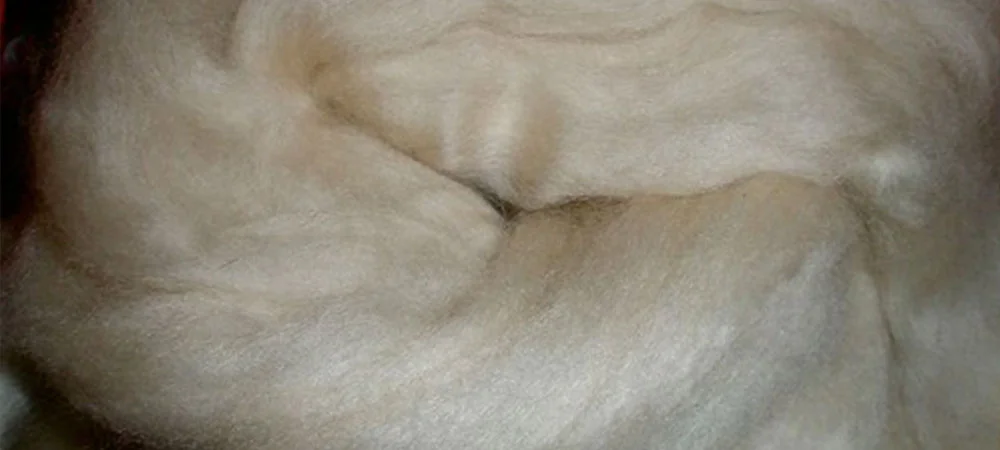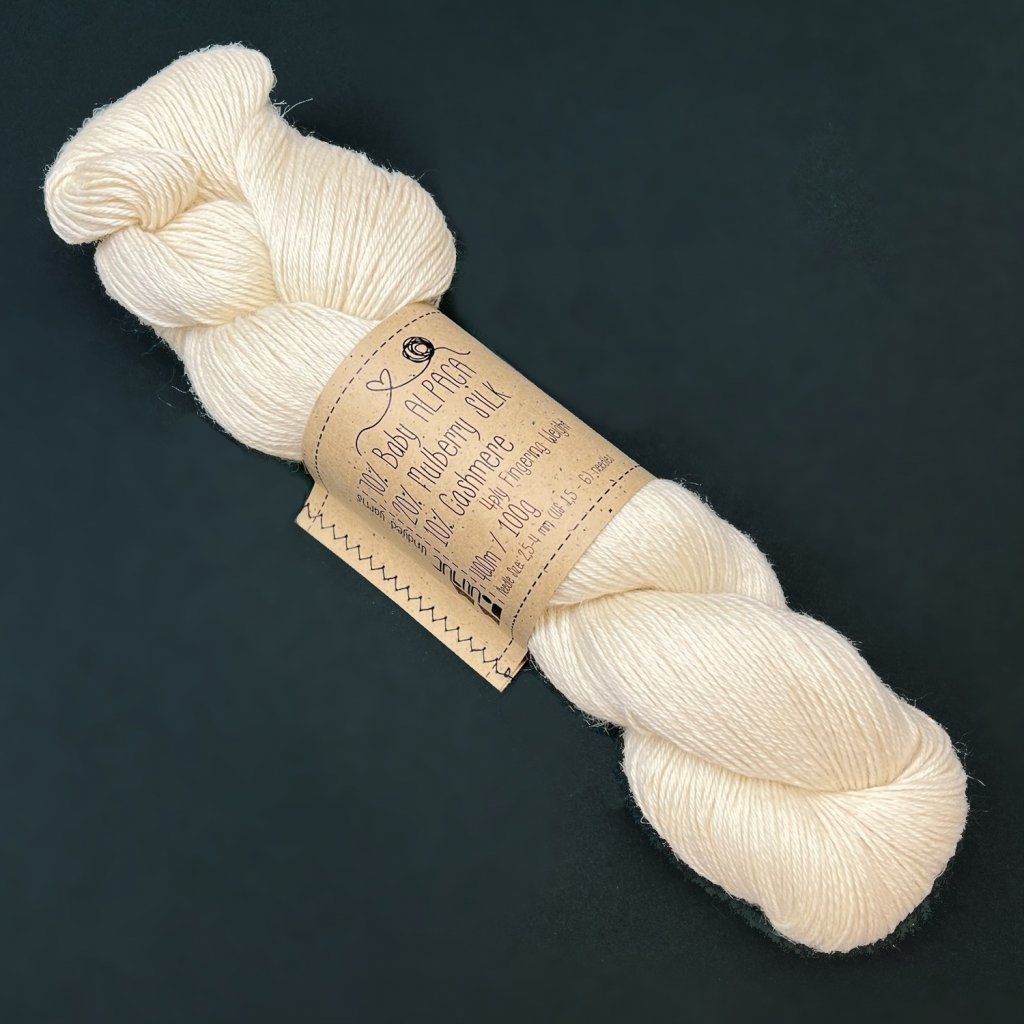How is cashmere Fibre Made and Why Is It So In Demand?
How is cashmere Fibre Made and Why Is It So In Demand?
Blog Article
Comprehending the Different Sorts Of Cashmere an All-natural Fiber and Their Special Advantages

The Origins of Cashmere: A Historical Review
While the glamorous touch of cashmere continues to charm contemporary customers, its origins trace back to the severe, cold environments of Mongolia and the Mountain ranges. For centuries, the aboriginal peoples of these regions have been elevating Capra Hircus goats, the prime resource of cashmere wool. These goats, resistant versus the serious winters months, grew a fine undercoat to survive, which later came to be understood as cashmere.

The Manufacturing Process: From Goat to Garment
Shearing a Capra Hircus goat marks the inception of the detailed cashmere manufacturing procedure. This fragile treatment usually takes place annually throughout spring. The fine, soft undercoat is after that divided from the coarser outer hair, a process referred to as dehairing. The resultant raw cashmere is then washed to remove contaminations such as vegetable, grease, and dirt matter.
The clean fiber undergoes dyeing, spinning, and weaving, or knitting, to change it right into a textile. Facility treatments such as top quality control checks and ending up procedures adhere to, ensuring completion item keeps the luxurious standard expected of cashmere. This meticulous procedure, from goat to garment, validates the high price affixed to cashmere items, making them a sign of deluxe and improvement.
The Different Sorts Of Cashmere: A Thorough Analysis

The Special Advantages of Cashmere: Comfort and Sustainability
Relocating from the variety of cashmere types to the benefits they use, comfort and sustainability stand apart prominently. Cashmere, a natural fiber, is check it out renowned for its unrivaled soft qualities, offering a level of comfort that artificial fibers can't match. The material's lightness, yet outstanding warmth retention, makes it optimal for all periods. Moreover, cashmere's all-natural elasticity allows it to go back to its initial form, making it resistant to shrinking or stretching.
When it involves sustainability, cashmere is eco-friendly and biodegradable, as it's gathered from cashmere goats who regrow their coats yearly. what is cashmere. Unlike synthetic fibers which can take hundreds of years to decompose, cashmere's influence on the atmosphere is very little. This combination of convenience and sustainability makes cashmere a useful option for conscious customers

Caring for Your Cashmere: Maintenance and Conservation Tips
While cashmere is unquestionably a sustainable and glamorous selection, it requires certain treatment to preserve its top quality and prolong its life expectancy. To begin, cashmere should be hand cleaned utilizing chilly water and a moderate cleaning agent. Cashmere items ought to be kept in a dry and amazing location, away from straight sunshine and moisture.
Purchasing Cashmere: Comprehending Its Worth and Well Worth
Although cashmere might at click for more first appear like a costly financial investment, its long-lasting value and worth ended up being obvious when you consider its impressive qualities. Recognized for its exceptional soft qualities and warmth, cashmere is a costs natural fiber that outperforms other products. Investing in cashmere, consequently, is not just regarding present style trends, however regarding welcoming a lasting, durable, and glamorous view way of living.
Conclusion
In recap, the kind of cashmere one chooses, be it Mongolian, Chinese, or Italian, is determined by specific preferences for warmth, budget plan, sustainability, and deluxe. The worth of cashmere prolongs past its cost, with convenience and durability including in its well worth. Correct treatment and upkeep can guarantee its conservation. Therefore, comprehending the beginnings, manufacturing procedure, and unique benefits of various kinds of cashmere can assist customers in their investment in this luxurious natural fiber.
Whether it's the phenomenal heat of Mongolian cashmere, the cost of Chinese cashmere, or the eco-conscious production of Italian cashmere, there's a tale to be found behind each fiber type. Cashmere, an all-natural fiber, is renowned for its unrivaled softness, giving a degree of comfort that synthetic fibers can't match.When it comes to sustainability, cashmere is naturally degradable and renewable, as it's collected from cashmere goats that regrow their layers yearly. Understood for its unequaled softness and heat, cashmere is a premium natural fiber that outperforms other products. Understanding the origins, production process, and distinct benefits of different types of cashmere can guide customers in their financial investment in this lavish all-natural fiber.
Report this page